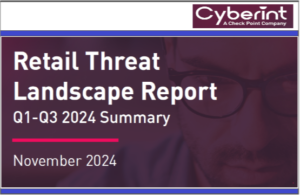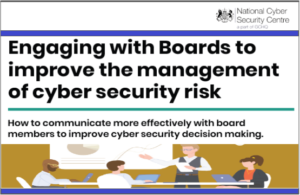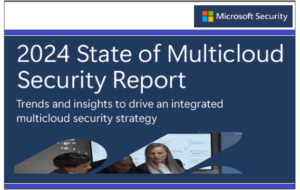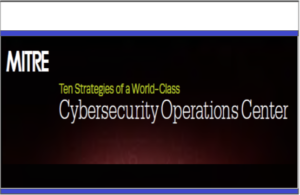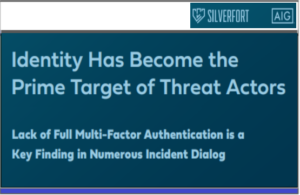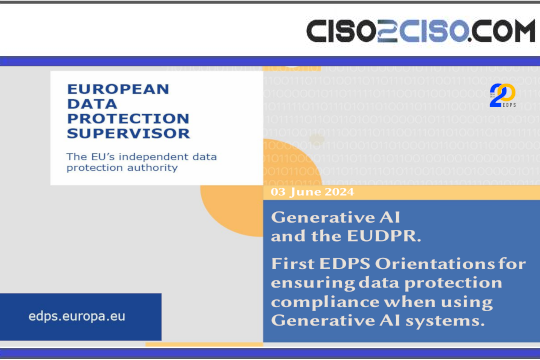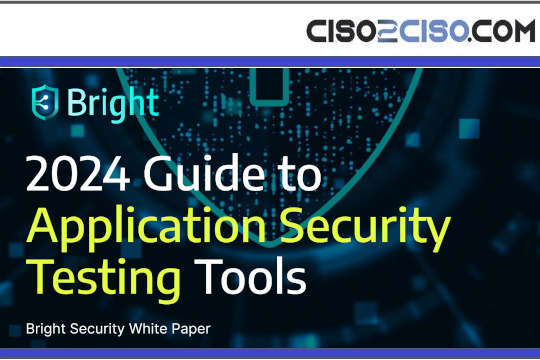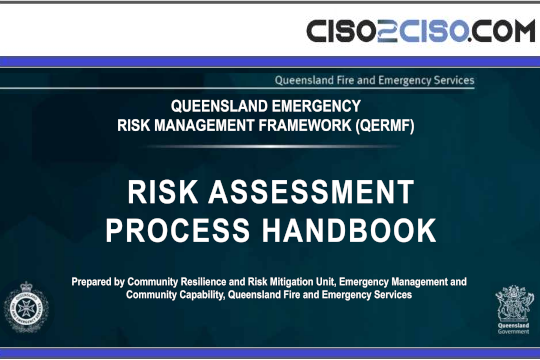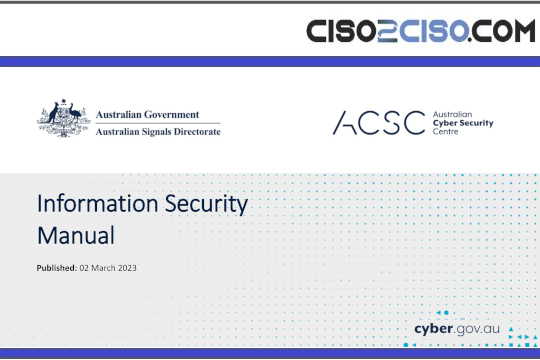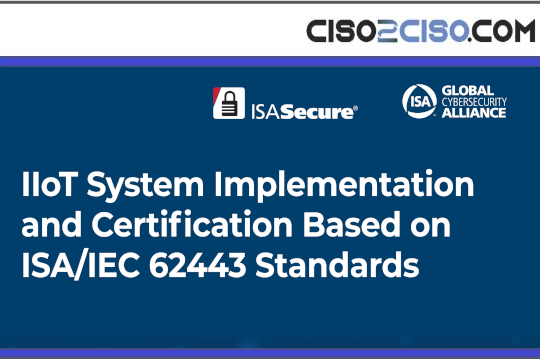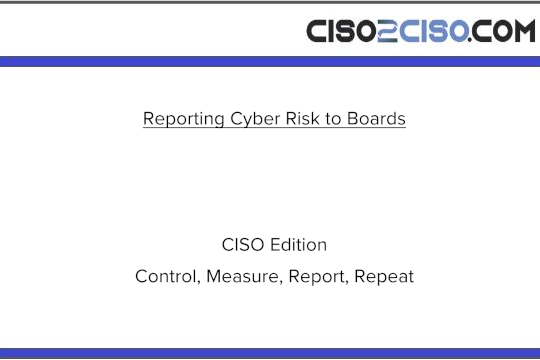Aim of the handbook
This handbook provides a valuable risk assessment methodology that can be used within disaster management planning at all levels of Queensland’s Disaster Management Arrangements (QDMA) – Local, District and State. The process applies a proven, standardised and internationally recognised approach to the prioritisation, mitigation and management of risk. This includes identification of capacity gaps and residual risk between stakeholders and the QDMA. This assists to directly inform planning and resource allocation, and to promote active communication, cooperation and coordination.
This handbook outlines both the framework and approach for this risk assessment process in a step-bystep manner and provides examples, resources and templates to assist in its implementation.
Benefits of this risk assessment process
In short, this process ensures four key outcomes:
- shifts risk assessment and management from a ‘one size fits all’ approach to a tailored methodology that accounts for the prioritisation of local characteristics
- embeds risk identification, assessment and management in proven, consistent, science-based methodologies that can be applied consistently across all levels of QDMA (Local, District and State)
- allows clarity and transparency in communication and decision-making at all levels of QDMA
- improves the identification of an area’s capability and capacity to manage the risks within that area, thereby informing resource planning for QDMA.
This in turn will create multiple benefits, including:
- risk governance will be improved through the strengthening of transparency and accountability in the acceptance, mitigation and/or transfer of residual risk between and across the three levels of QDMA
- specific areas can prioritise their resources, based on localised assessed risks
- robust, scientifically-based risk assessments can be used for applications for resources and funding towards mitigation strategies and betterment projects
- all levels of government and community will have greater assurance through and confidence in scientifically underpinned risk based planning
- stakeholders will have improved confidence in State level coordination and support across all levels of QDMA, supported by State Government guidance and prioritisation of hazard risk
- disaster management networks will be strengthened and better aligned.
Views: 27














